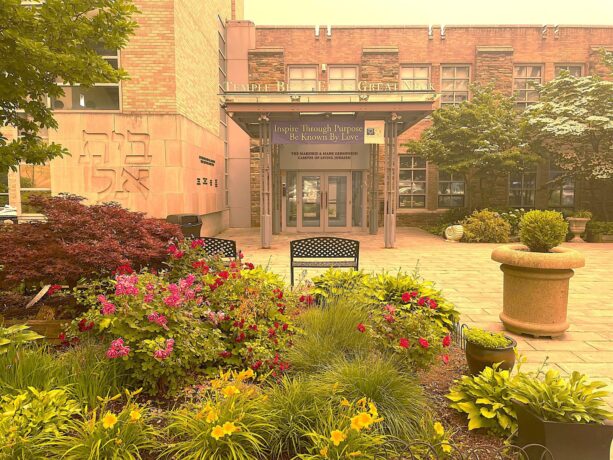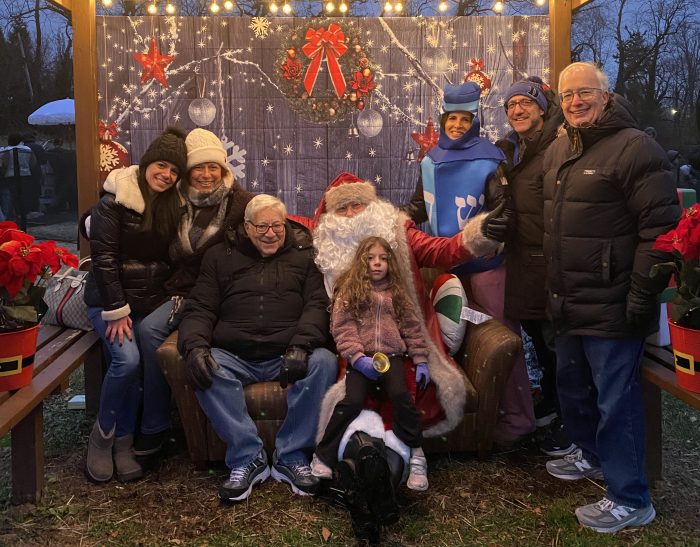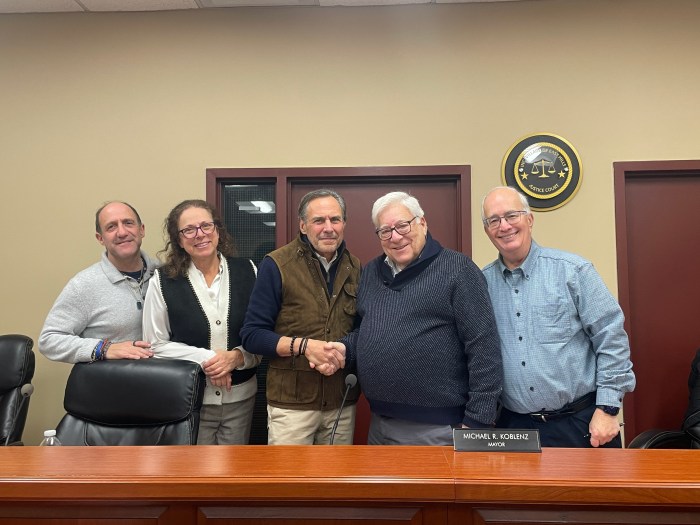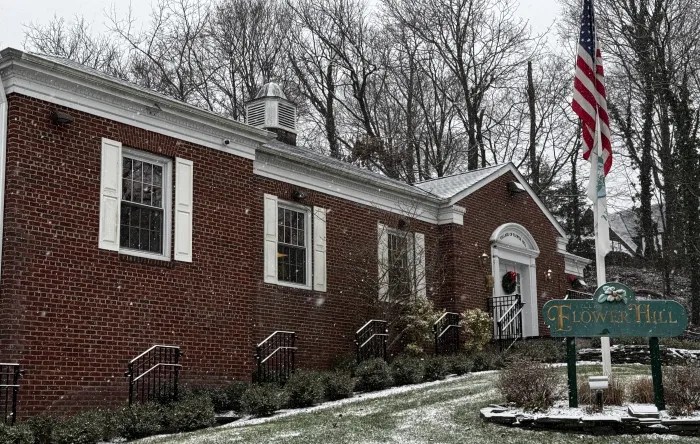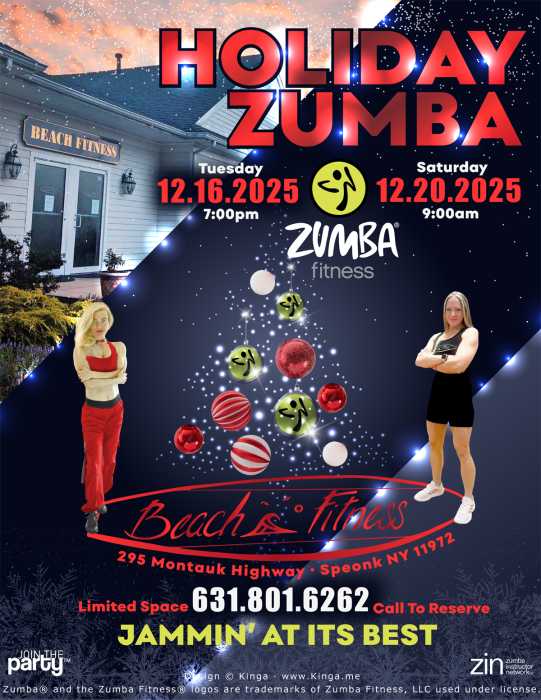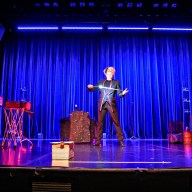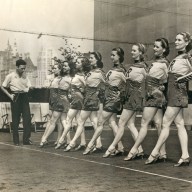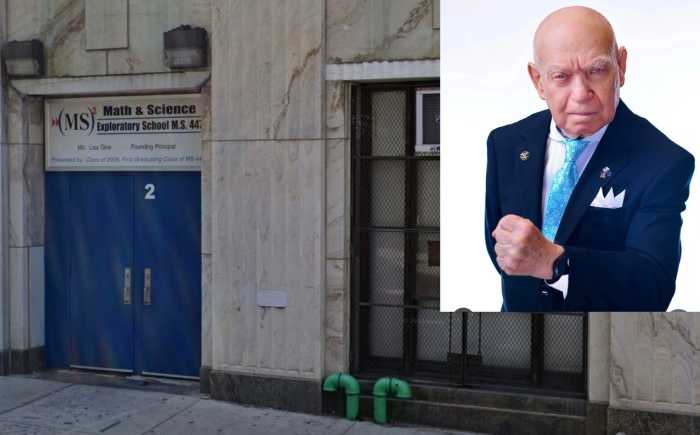Temple Beth-El of Great Neck has announced it has begun a process to reassess its congregational partnerships, building, and programming to serve a changing congregation.
“[Temple Beth-El’s] needs are not the same as they were a generation ago,” said Gary Slobin, the former temple president and the head of what is being called a visioning team
The temple, located at 5 Old Mill Road, described the process as a continuation of its commitment to Great Neck while “rightsizing” its footprint to serve its congregation.
The congregation will ultimately decide on the direction of the temple, though. The Visionary Team’s recommendations will be presented to members for approval.
The temple’s plan is three-pronged: partnering with other congregations, rethinking their building and expanding programming and accessibility to the broader community.
The temple, a Reform synagogue, prioritizes modern and pluralistic values, temple officials aid. However, Temple Beth-El is not closing the door to partnerships with non-Reform congregations that share these values.
“While it is important to emphasize that [Temple Beth-El] is remaining open-minded and is considering a wide array of possibilities, not everything is on the table,” said Temple President Jordana Levine said.
Levine said she is taking the lead in facilitating relationships with other local congregations.
“Although it is too soon to say for certain, the Visioning Team believes that [Temple Beth-El] may benefit from some type of formal relationship with one or more congregations,” Levine said. “We are actively exploring what arrangement with other congregations—including some type of unification or consolidation—would be best for Temple Beth-El and our membership.”
She said convergence with other congregations could look like sharing the same physical spaces, merging programs, sharing staff or combining finances.
Temple Beth-El’s physical building may also face changes.
The temple is evaluating its congregation’s current and future needs and how its building meets those needs. This includes discussing real estate options with real estate firm Marcus & Millichap.
Slobin said in a press release the temple is undergoing “a thorough, thoughtful process to identify the most appropriate physical space for our needs today—and into the future.”
Temple Beth-El is looking to establish The Miriam & Moses Center for Pluralistic Adult Jewish Learning to expand its programming. The center was established thanks to a gift to the temple.
“This fund will seed the creation of a robust and intellectually challenging adult learning program, which will help reinforce [Temple Beth-El’s] role as a leader in shaping the future of pluralistic Judaism on the western North Shore,” Levine said.
The new Susan Stumer Cultural Arts Fund will also support the temple’s plan for expanded programming, which includes a variety of musical and cultural arts experiences and events.
These events include musician-in-residence weekends, guest cantors, Shabbat services with The Shabbatones band and the growth of a congregational choir under newly hired Pam Levy.
The nearly 100-year-old temple is also partnering with the Gold Coast Arts Center to expand its cultural arts programs for its congregation and the broader Great Neck community.
The temple’s Kehillah Project at the Gershwind Family Religious School will also be changing how religious school is offered, with program offerings expanded to the entire community and non-members at an affordable rate.
The temple said in a release that the school programming includes family-friendly schedules, personalized participation in Jewish traditions, quarterly field trips, hands-on learning, and intergenerational experiences.
Discussion began during Yom Kippur last year when Rabbi Brian Stoller recognized global and local changes impacting Tempe Beth-El’s congregation during his sermon.
“Everyone here knows that the world around us has changed dramatically, and it’s impacting our congregation in significant ways,” Stoller said. “This is a historic congregation with a proud legacy. Today, we are the trustees of that legacy. As the newest links in the chain, it is our duty to carry that legacy forward. And the only way to do that is by taking up the responsibility of writing a new chapter for our congregation: one that is coherent with—and faithful to—the past, while also putting us on the right trajectory for the future.”
The multiyear Vivid Vision process is being led by the temple’s Visionary Team, which will determine a “clear vision for the congregation at this pivotal moment in its remarkable history,” according to a press release.
“The history of Judaism teaches us how to protect our core values and traditions while adapting to the changing world around us,” President Jordana Levine said. “[Temple Beth-El] is well prepared to take on this challenge.”
Temple Beth-El’s vision intends to move the temple’s Jewish experience through the 21st century, the temple said in a press release.
This includes its current commitment to inclusion, gender egalitarianism, full and equal participation, civic involvement, modern spirituality, social action and support of Israel.




